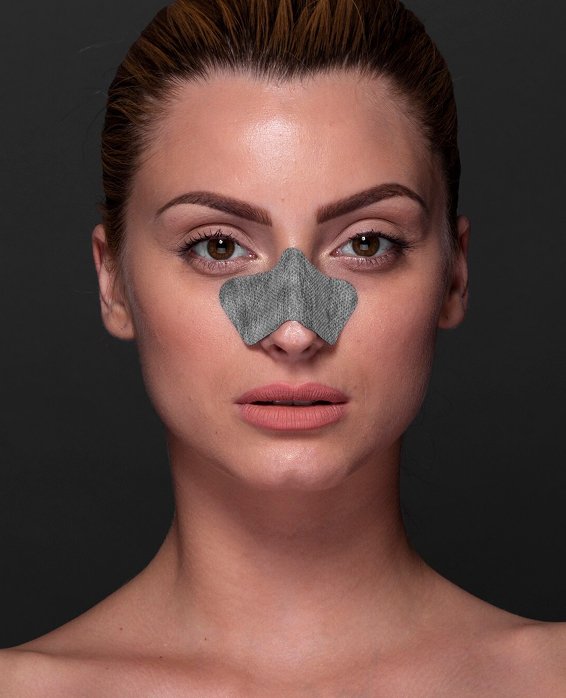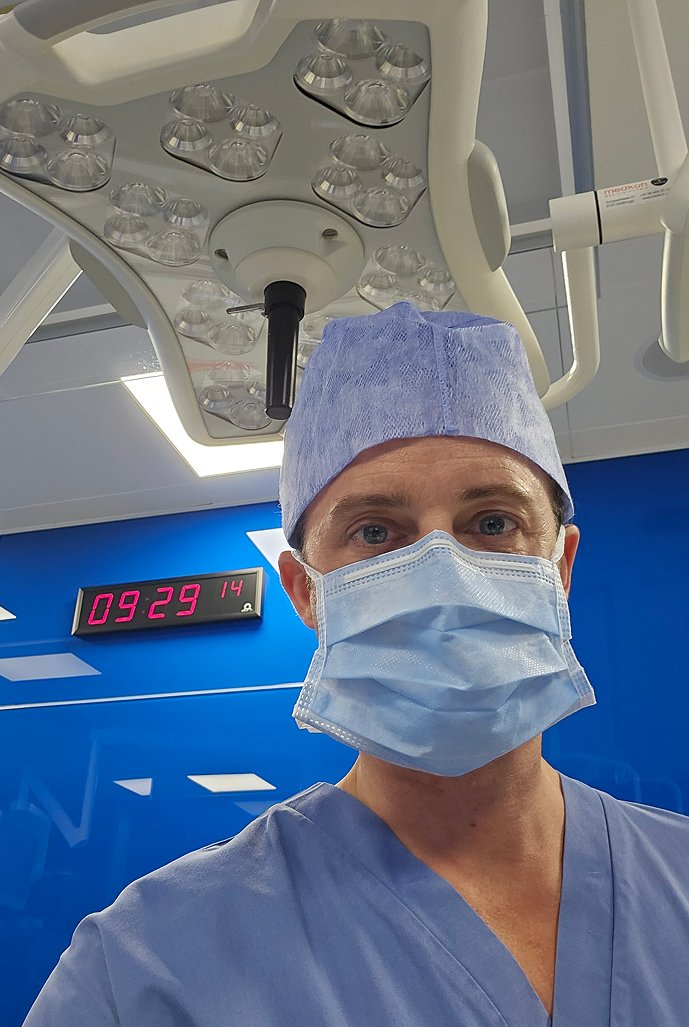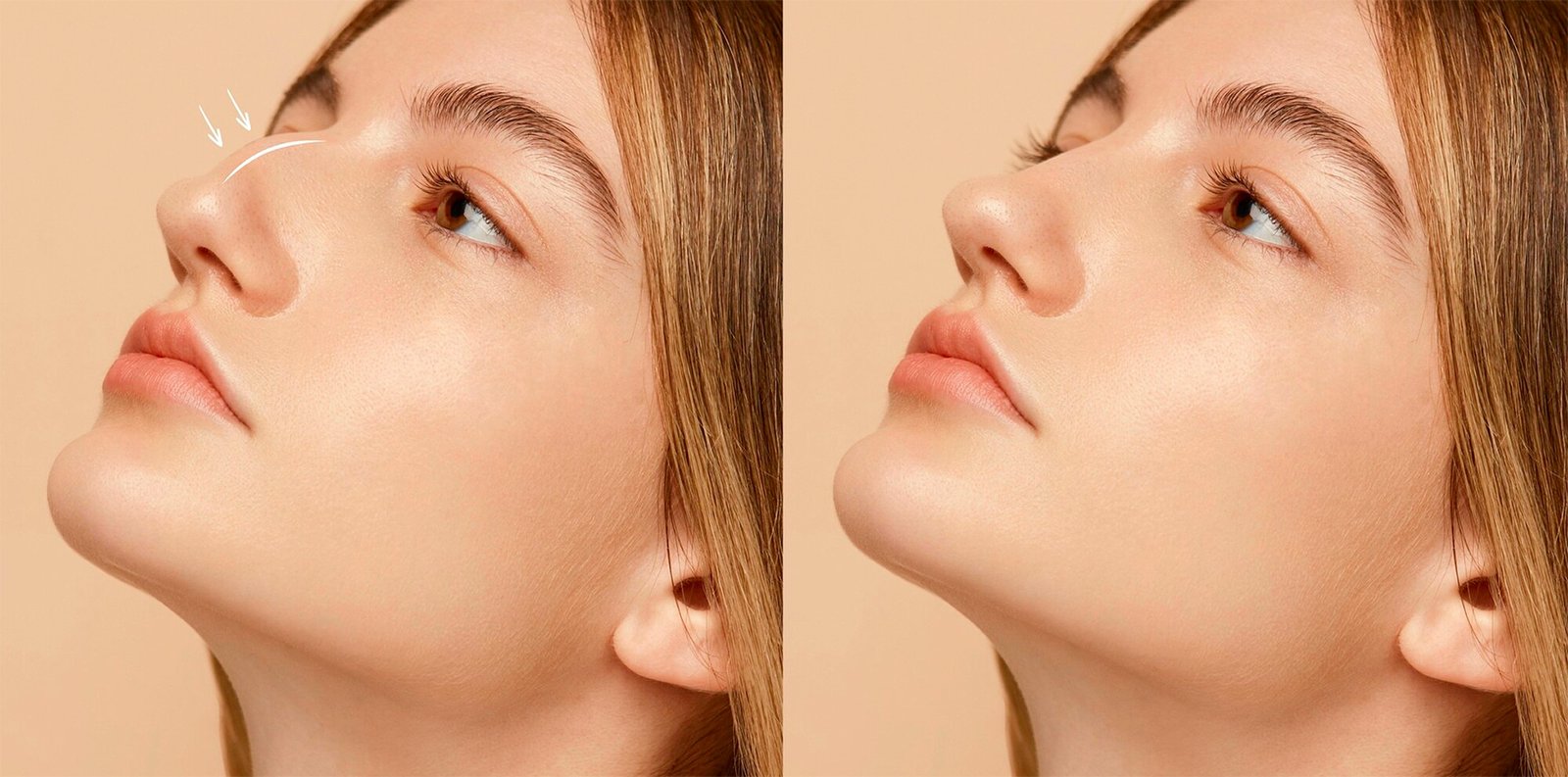Functional nose surgery in Geneva
Improving breathing, restoring structure
Functional nasal surgery refers to surgical procedures aimed at improving the function of the nose—typically related to breathing, airflow, drainage or the sense of smell — rather than primarily for cosmetic reasons. These surgeries can correct structural issues, relieve nasal obstruction, or address problems caused by trauma or congenital deformities.
Functional nose surgery either corrects problems inside the nose (septoplasty or sinus surgery) or of the external nose (function rhinoplasty).
At our clinic in the heart of Geneva, we combine ENT and facial plastic surgery expertise to restore nasal function while maintaining facial balance. Through advanced imaging technology, comprehensive diagnostic evaluations, and years of surgical experience, we deliver a fully personalized approach tailored to each patient’s anatomy and needs.
Key information
Recovery: 7-10 days
Common concerns functional rhinoplasty can address
Indications for Functional Nasal Surgery:
- Chronic nasal obstruction
- Chronic nasal rhinosinusitis with or without polyps
- Difficulty breathing through the nose
- Sleep disturbances (like snoring or sleep apnea)
- Recurrent sinus infections
- Trauma or injury to the nose
- Congenital abnormalities
Recovery Overview:
- Downtime: Typically 1–2 weeks off work or school.
- Full recovery: Several weeks to a few months for all swelling to subside and breathing to fully normalize.
- No sports: typically no sports for two weeks, no intense work-outs for three weeks
- Post-op care: Nasal rinses, avoiding blowing the nose, follow-up visits.
Common Types of Functional Nasal Surgery:
1. Septoplasty
- Purpose: Corrects a deviated nasal septum (the wall between the nostrils).
- Goal: Improves airflow and reduces nasal obstruction.
2. Turbinate Reduction
- Purpose: Shrinks the size of the turbinates (structures inside the nose that humidify air).
- Goal: Opens nasal passages to improve breathing.
3. Nasal Valve Repair
- Purpose: Reinforces or reconstructs the nasal valve (the narrowest part of the nasal airway).
- Goal: Improves airflow resistance and prevents nasal collapse.
4. Functional Endoscopic Sinus Surgery (FESS)
- Purpose: Removes blockages in the sinus pathways (e.g., for chronic sinusitis).
- Goal: Restores proper sinus drainage and function.

- Purpose: Though often cosmetic, some rhinoplasty procedures address structural deformities that impair breathing.
- Goal: Improves both form and function.
6. Reconstructive nasal surgery (nasal defect reconstruction)
- Purpose: after skin cancer removal or trauma, nasal defects may have to be reconstructed (of the skin lining, mucosa, cartilage, or all three layers)
- Goal: Improves both form and function.

Why choose Dr Cuno’s clinic for your functional nose surgery?

Dr. Alexander Cuno is a double board-certified surgeon in ENT and facial plastic surgery, specializing in complex cases where breathing and appearance are closely connected. His dual expertise ensures that each procedure improves not only nasal function but also the external form of the nose when needed.
At our Geneva clinic, we treat a wide range of functional concerns, including septal deviation, nasal valve collapse, turbinate hypertrophy, and post-traumatic deformities. We use advanced diagnostics such as 3D imaging and endoscopic analysis to create tailored surgical plans.
With a high volume of functional and reconstructive procedures each year, Dr. Cuno is among the leading ENT facial surgeons in Switzerland. His goal is always the same: to restore optimal nasal airflow while maintaining or enhancing the natural appearance of your nose.

The first step is a personalized consultation focused on your breathing concerns– Book your appointment for expert advice and clear, honest guidance.

Make an appointment
What to expect: functional nose surgery

Before the operation
Planning functional nasal surgery starts with a detailed, one-on-one consultation. During this appointment, Dr. Cuno will analyze your breathing issues, perform an external nasal exam, and evaluate the internal structures of your nose to understand the root of the problem. We may use the Vectra 3D system to visualize recommended potential shape changes and guide the surgical plan with clarity and precision. Further work-up, like a nose and sinus CT, is often requested before any intervention.
Key pre-surgery guidelines include:
Lifestyle adjustments
Medications to avoid
Skin management
Our goal is to ensure that you feel fully informed and prepared for your procedure, both physically and mentally.

During the operation
The procedure focuses on restoring proper airflow by correcting internal or external structures while maintaining or improving the nose’s outer shape when needed.
Dr. Cuno uses advanced surgical techniques tailored to each case. This may include:
- Septoplasty to correct a deviated septum
- Valve repair to stabilize collapsed internal or external nasal valves
- Cartilage grafting to reinforce weakened areas
- Turbinate reduction to open the airway
- Sinus surgery (remove polyps or increase drainage of maxillary, ethmoid, frontal and/or sphenoid sinuses)
- Ultrasonic tools (Piezotome) for refined bone work with minimal trauma
- Intraoperative neuronavigation using a facial CT scan for navigation and increasing surgical precision and security.
Every surgical step is performed with precision and care to improve breathing, relieve obstruction, and support a well-balanced, natural appearance.
What results to expect?
Recovery is gradual and results evolve over time. Swelling is common in the first days and typically improves within weeks.
What to expect during the recovery period after functional septorhinoplasty ?
First 1–2 Days: Immediate Post-Op
- Swelling and Discomfort: Expect moderate to significant swelling and some bruising, especially around the eyes.
- Packing or Splints: In some cases (like septoplasty), the surgeon may insert packing in the nostrils, which can be uncomfortable. Nasal splints may also be used for stabilization.
- Pain Management: Mild pain and discomfort can usually be managed with prescribed pain medications.
- Rest: Resting with your head elevated is essential to reduce swelling.
Week 1: Initial Recovery
- Swelling Peaks: Swelling and bruising around the eyes typically reach their peak during the first few days and start to improve toward the end of the week.
- Nasal Obstruction: You may still experience significant nasal congestion due to swelling, mucus, or packing.
- Post-Op Care: It’s crucial to follow your surgeon’s instructions for nasal care (e.g., saline rinses or using a humidifier) to avoid complications.
- Follow-Up Visit: A follow-up visit is usually scheduled at the end of the first week to remove any nasal packing and check the healing progress.
- Discomfort: Most patients will still experience some discomfort and may have difficulty breathing comfortably through the nose.
Week 2–3: Early Healing
- Swelling Decreases: Swelling around the eyes and nose begins to subside, though some residual swelling may persist.
- Nasal Congestion: You may still have some nasal congestion, but it will start to ease as swelling improves and the nasal passages begin to open.
- Return to Normal Activities: You may be able to return to work or school if your job or routine doesn’t involve strenuous physical activity. However, avoid vigorous exercise and blowing your nose.
- Resuming Normal Breathing: Breathing through the nose may gradually improve, but some obstruction might remain.
Week 4–6: Intermediate Recovery
- Significant Improvement: Swelling continues to decrease, and most bruising should be gone.
- Stabilizing Results: The results of your surgery will start to become more visible, and functional improvements (like breathing) should become more noticeable.
- Resuming Exercise: Light activities, such as walking, can usually be resumed, but strenuous activities and contact sports should be avoided.
- Nasal Sensitivity: Some areas of the nose may remain sensitive to touch, but pain should be minimal by now.

3–6 Months: Continued Healing
- Subtle Swelling Lingers: Minor swelling inside the nose and around the tip may persist for months.
- Breathing Improvement: Most functional improvements in breathing should be evident by this point, though some may take longer to fully resolve.
- Nasal Care: You may still need to follow your surgeon’s post-op care regimen to keep the nasal passages clear, especially if you had sinus-related issues.
- Nasal Shape Finalization: The external appearance of your nose will be close to its final shape, but it may still be undergoing subtle changes for the following 4 years.
6–12 Months: Full Recovery
- Final Functional Improvement: The full effect of functional improvements (like improved airflow) will typically be realized by the 6-month mark.
- Nasal Sensitivity Fully Resolves: Any lingering sensitivity, numbness, or tightness will likely have resolved.
- Final Aesthetic Changes: The nose’s external appearance may continue to refine over the next 6–12 months, especially if any structural work (like cartilage grafting) was involved.
- Complete Healing: Any internal swelling, especially in the nasal passages, should be resolved. The functional benefits of the surgery should be fully realized.
1 Year and Beyond: Long-Term Results
- Stabilization: The full results of both the functional and cosmetic aspects of the surgery should be there by the 12-month mark. However, after rhinoplasty noses evolve until 4 years.
- Occasional Swelling: Some patients may still notice mild, occasional swelling, but this typically resolves over time.
General Tips for Healing:
- Avoid blowing your nose for at least a few weeks to avoid disturbing healing tissues. Nasal saline douching will help clear the secretions.
- Stay hydrated and use saline sprays to help keep the nasal passages moist.
- Follow-up appointments are critical to ensure proper healing and catch any complications early.
- Protect the nose from trauma be cautious of the nose being bumped or impacted during the recovery period.
- Stay patient healing after functional nasal surgery takes time, and final results can be gradual.
To support recovery, we provide tailored aftercare guidance, including nasal hygiene, skincare, and inflammation control. In some cases, LED therapy or corticosteroid injections may be recommended to reduce swelling and optimize the final outcome.
Before & After Gallery
Have questions? Contact our specialists

Get in touch today!
Other procedures you may be interested in
rhinoplasty
rhinoplasty
nose surgery
rhinoplasty
Chin augmentation

